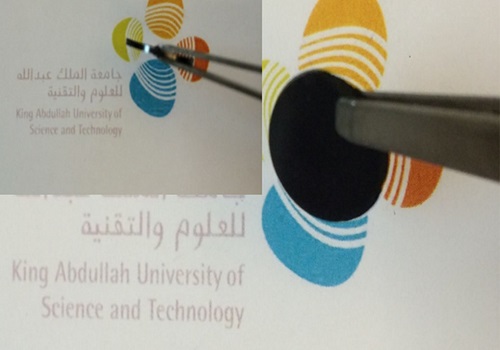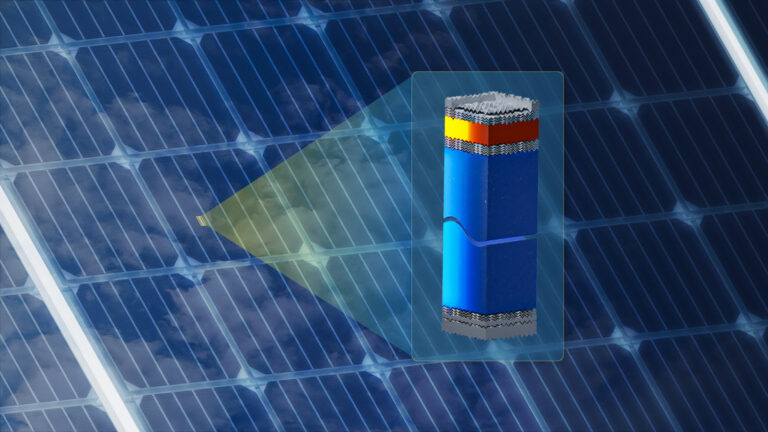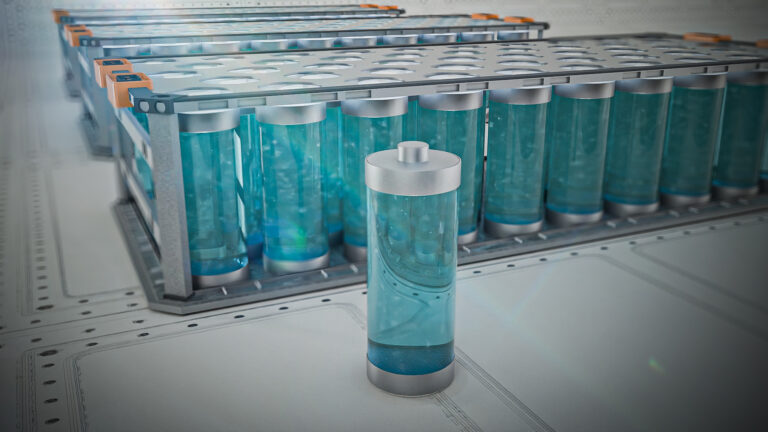Material Science and Engineering
A new take on old materials
A mineral used in electrochemical devices that was thought to be a semiconductor is now identified as a metal.


An experimental and theoretical study of the electrical properties of the mineral siegenite shows that it is a metal and not a semiconductor.
© 2015 KAUST
Siegenite has strong potential to be used in devices that can generate and store energy, but a detailed characterization by researchers at KAUST1 shows it might not be what it seems.
Metals can efficiently carry an electrical current because electrons are free to roam through the material. Semiconductors, on the other hand, have a so-called ‘bandgap’ that prevents electrons from flowing at low temperature, which means that they only conduct at higher temperatures or when impurities are introduced. This property is central to the operation of electronic devices that have revolutionized information and telecommunications systems.
KAUST professor Husam Alshareef, his student Chuan Xia and their colleagues have discovered that a mineral known as siegenite, which was originally thought to be a semiconductor, is in fact a metal. This helps to explain its remarkable electrochemical performance.
First identified more than 160 years ago, siegenite, or nickel cobalt sulfide, has attracted renewed interest because of its encouraging performance as electrodes in energy devices such as solar cells, supercapacitors and fuel cells.
Its good performance in these devices has been attributed mostly to the electrochemical activity of the transition metal cations cobalt and nickel. Siegenite is a member of a class of materials known as chalcogenides, which are predominantly semiconductors. Because of this, it was assumed that siegenite was also a semiconductor.
Alshareef and his colleagues combined numerous experimental and theoretical techniques to assess the structural and electrical properties of their siegenite2. They measured a room temperature resistivity of around 103 microohm-centimeters and showed that this increased with temperature. They also showed that the carrier density, or the number of electrical charges in a particular volume, was 3.18×1022 per cubic centimeter. The material also exhibited a very low thermopower of around five microvolts per Kelvin. These properties, together with first-principles calculations, indicate a metal rather than a semiconductor.
“Having an electrochemically active electrode material with metallic conductivity means that efficient electron transfer takes place during electrochemical reactions, resulting in significantly improved performance,” said Alshareef.
Checking the chemical composition of their sample was vital. The team used a technique called Raman spectroscopy to create a spectral signature associated with a specific atomic arrangement. The spectrum, which was measured in an inert argon environment, matched a mathematically simulated one.
The team explained differences in their results from those reported previously as being a result of oxygen in the environment which compromised the reported Raman spectra.
References
- Xia, C., Li, P., Gandi, A.N., Schwingenschlögl, U. & Alshareef, H. N. Is NiCo2S4 really a semiconductor? Chemistry of Materials 27, 6482-6485 (2015).| article
- Chen, W., Xia, C. & Alshareef, H.N. One-step electrodeposited nickel cobalt sulfide nanosheet arrays for high-performance asymmetric supercapacitors ACS Nano 8, 9531–9541 (2014).| article
You might also like

Applied Physics
A single additive enables long-life, high-voltage sodium batteries

Bioengineering
Smart patch detects allergies before symptoms strike

Applied Physics
Two-dimensional altermagnets could power waste heat recovery

Applied Physics
Interface engineering unlocks efficient, stable solar cells

Applied Physics
The right salt supercharges battery lifespan

Applied Physics
Light-powered ‘smart vision’ memories take a leap forward

Applied Physics
Natural polymer boosts solar cells

Material Science and Engineering



